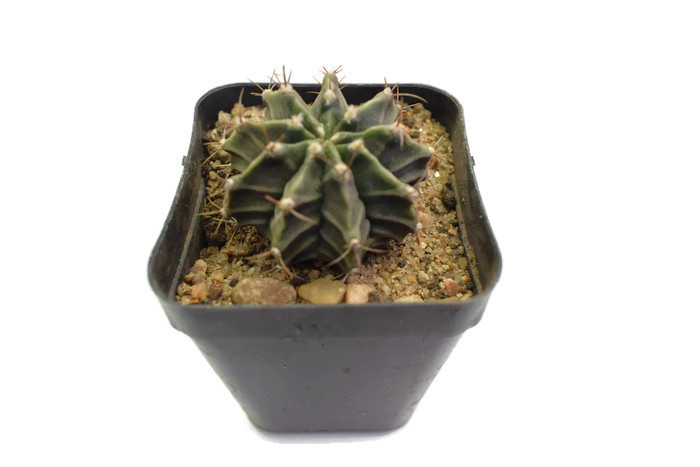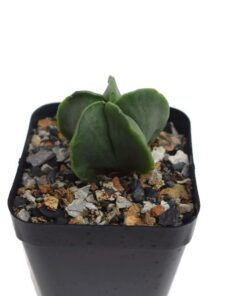Gymnocalycium Mihanovichii Seedling size Cactus green
₹149.00
In stock
SKU: Gymnocalyciummihanovichii
Category: Cactus
Gymnocalycium Mihanovichii Seedling size Care in Indian Climate
Gymnocalycium Mihanovichii Seedling size Moon cactus is a decorative succulent plant greatly prized for color and dwarfism. It is native to South America but also comes to be seen flourishing very well in India. However, it doesn’t contain chlorophyll and is also extensively grafted, hence needs careful care so that it flourishes well in the varied climate of India.Lycoris yellow good companion
| Number of plants | 1 |
|---|---|
| Growing month | Feb to Oct |
| Temperature | above 30C |
| Sun | Under white shade net |
| Blooming period | spring |
Climate Adaptability
It prefers temperatures of 18°C to 30°C. Although it will survive short heat waves, above 35°C temperatures are stressful and lead to loss of color or drying. Winter temperatures of below 10°C, particularly in north India, will slow down its growth. Winter months indoor care will make it healthy.
Sunlight Requirements
Gymnocalycium Mihanovichii Seedling size prefers indirect bright light. It will sunburn and become colored if put in direct sunlight, particularly during summer. Placing it close to an east window or under a green color shade net in Indian climatic conditions gives it the necessary light without harming it. Artificial grow lights are the best for houseplants when there is no natural light.
Watering Needs
Because it is a cactus, Gymnocalycium mihanovichii needs less water. Watering 7-10 days in the summer will keep it sufficiently watered but not waterlogged. Watering two to three weeks in monsoons and winter prevents root rot. Allow the soil to dry out completely before watering again.
Gymnocalycium Mihanovichii Seedling size Humidity and Monsoon Care
High monsoon humidity can cause root rot and fungal infection. Good air movement around the plant prevents this scenario. In situations of too much humidity, locating the plant in a well-ventilated spot or close to a fan supplies the correct circumstances.
Soil and Pot Selection
Use porous media with good drainage. Cactus mix, perlite, and sand as the best potting mix .Terracotta or clay pot prevents water logging also, and it reduces waterlogging.
Fertilization and Growth
Gymnocalycium Mihanovichii Seedling size Fertilize the plant every month during its active growing time (spring and summer) using a weak cactus plant fertilizer to promote growth. Don’t over-fertilize, though, as this will make the plant weak; use a low-nitrogen, balanced fertilizer. Don’t fertilize when the plant is dormant in winter.
Problem and Solution
Overwatering: Root rot; use well-draining soil and reduce watering.
Sunburn: Yellowish or brown spots indicate sunburn; change to light with shade.
| Color | White |
|---|---|
| Growth Pattern | Columnar |
| Ideal location | partial sun with white net |
| Origin Country | India |
Be the first to review “Gymnocalycium Mihanovichii Seedling size Cactus green” Cancel reply
You must be logged in to post a review.



















Reviews
There are no reviews yet.